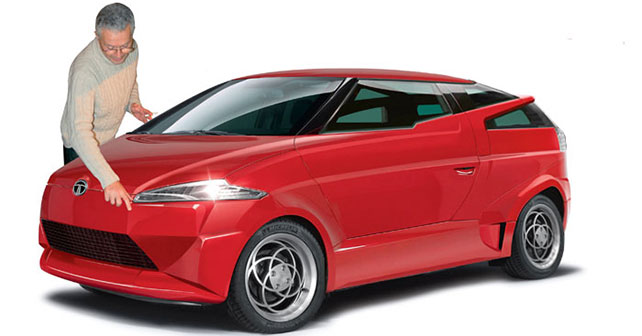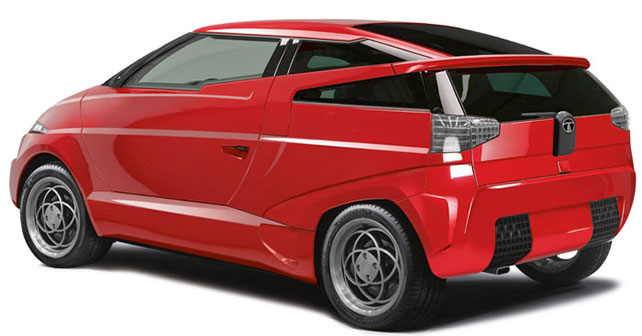Here’s an exclusive look at Tata’s composite car project, which has the signature touch of Marcello Gandini – the father of the legendary Miura. Light, affordable, and easy to assemble, here’s a look at Tata’s secret.
Tata is working on an innovative super-secret car – the secret being its materials and the production technology. So secretive, in fact, that at the very last moment it was decided not to introduce the concept at the 2013 Geneva Motor Show. It was deemed to have been premature, and there would have been a serious risk of giving away ideas to competition. Another reason could be a more banal economic question. Following the Nano’s failure, things at Tata aren’t exactly going according to plan (with the exception of Jaguar Land Rover that is) – as a result, the investments are currently earmarked for bolstering the current range. However you look at it though, you get the sense that this new car will be of high strategic value for the future of Tata Motors.
So, here’s a preview of this groundbreaking vehicle. For starters, this is a global project, as opposed to the Nano. As a result, the Italian influence behind the design is clearly evident. Behind the innovative bodywork, in fact, there appears to be the hand of none other than Marcello Gandini – father of the Lamborghini Miura. He refused to comment, but (besides indications from reliable sources) there are certain design characteristics – such as the rear fenders – which evoke more than a few of the masterpieces created by the legendary designer in years past.
Here’s what we know – the new car will be made of a composite material, with polymers far more economical than carbon fibre. The production process would, therefore, cost much less than traditional steel and aluminium. The body would require no more than 25 moulds, and would be 20% lighter than a corresponding steel body. Its modularity, moreover, would allow a number of body styles to be planned. The first would be a hard top, followed by a cabrio, a mini-SUV, and more.
The mechanicals would largely be inherited from the Nano. The engine would remain at the back, but would now be a 1,000cc supercharged unit with 90bhp – the same one that was destined for the European version of the Nano, of which much has been said over the years, but one that never saw the light of day. This research on materials, and on the scaling down of parts, is an obsession with Gandini – who, for years, has been looking at trends in low cost production. In 1983, he signed an agreement with Renault that ushered in an entirely plastic city car. The French company bought the project and locked it away in a drawer – the car was never made public, perhaps because it would have involved the reduction of manual labour in the assembly process. After 30 years, it would appear that Gandini has found an interlocutor for his ideas – provided we actually get to see this secret car revealed some day.
The model that never was
The plastic car, designed by Renault in 1983, is reminiscent of the Twingo, which came out 10 years later. Gandini showed it to the French executives unassembled, and put it together in an hour to demonstrate the ease of assembly. But the car was never revealed to the public
Unforgettable
THE GREATS FROM THE ITALIAN DESIGNER
1966 Lamborghini Miura
1972 Fiat X 1/9
1973 Lamborghini countach
© Riproduzione riservata
























Write your Comment